Just seared some steaks, chicken, or fish? Don’t waste time cleaning the pan with soap and water. Instead, read below to find out how to make a delicious pan sauce that your family will love. Guys love this sauce because they kill two birds with one stone. Making the sauce cleans the pan so there is no need to labor over cleaning afterwards. Another benefit is that it does not require making stock or a 3 hour demi –glace. Rather you use the left over browned bits in the pan to get flavor for those quick weeknight dinners.
A pan sauce starts with the pan that you cooked your protein in. Aromatics like shallots can be sautéed in the pan with the leftover oil to get even more flavor into the sauce. However, the idea is to use the browned bits known as the fond or as some chefs call “yum yums” that are stuck to the bottom of the pan. Deglazing the pan is where, with the assistance of a wooden spoon and a liquid (i.e. wine, beer, stock), you scrape up all those delicious bits off the pan. There are many variations on a pan sauce but this is the most important step. Once the liquid is added, it is then reduced to concentrate flavors. In a final optional step, the reduction can be enriched and thickened by whisking in butter. Before providing a step by step process of the technique and one of my recipes, listed below are some suggestions and things to keep in mind before making your own pan sauce.
- If the recipe calls for broth it’s best to use a low-sodium variety because reduction can result in overwhelming saltiness. This holds true for homemade stock as well.
- Using a traditional skillet rather than a nonstick develops a better fond base.
- Use a large pan to create more yum yums. Overcrowding a small pan steams the food rather than searing it thus not allowing you to create the base for the sauce.
- If using butter, use good quality butter (not margarine or non-fat). Make sure it is cold and cut into tbsp. size cubes making it easier to incorporate into a sauce.
Step by Step Process for making a Pan Sauce:
- Discard excess fat: After removing the seared items from the pan, discard most of the fat in the skillet, leaving just enough (several teaspoons) to cook the aromatics.
- Sauté the aromatics: Cook until they soften slightly, maybe 1-2 minutes, adjusting the heat, if necessary. Don’t let the fond scorch, or the sauce will taste burnt and bitter.
- Deglaze: Add liquid to the skillet—it will sizzle and steam on contact. Use a wooden spatula to better scrape up the fond on the bottom of the skillet.
- Reduce: Use a measuring cup to check the volume of the reduced liquid. Some recipes give exact amounts (i.e. 1⁄2 cup) while others suggest reducing by 1/2 or 2/3.
- Return juices to skillet: As the meat rests, it will always release some juices. Add these juices back to the skillet and simmer a minute or two to enhance the flavor of the sauce.
- Whisk in butter: Using a whisk, add butter, one piece at a time until it is melted and incorporated into the sauce. Once melted, taste for seasoning and adjust as necessary.
Cognac & Mustard Sauce (used for beef, pork or poultry)
Ingredients
- 2 shallots – minced
- 1⁄3 cup cognac or brandy
- 1 cup canned low-sodium chicken broth
- 1 teaspoon chopped fresh thyme leaves
- 1 tablespoon Dijon mustard
- 2 tablespoons cold unsalted butter, cut into 2 pieces
- Salt and ground black pepper to taste
Directions
- Pour off all but 2 teaspoons of oil or butter from skillet.
- On a med-high heat add shallot and cook, stirring frequently until softened. It will be about 1-2 minutes so adjust the heat if necessary.
- Deglaze with liquid ingredients and reduce to 1⁄2 cup.
- Whisk in herbs, mustard and butter. Season to taste with salt and pepper and enjoy!

